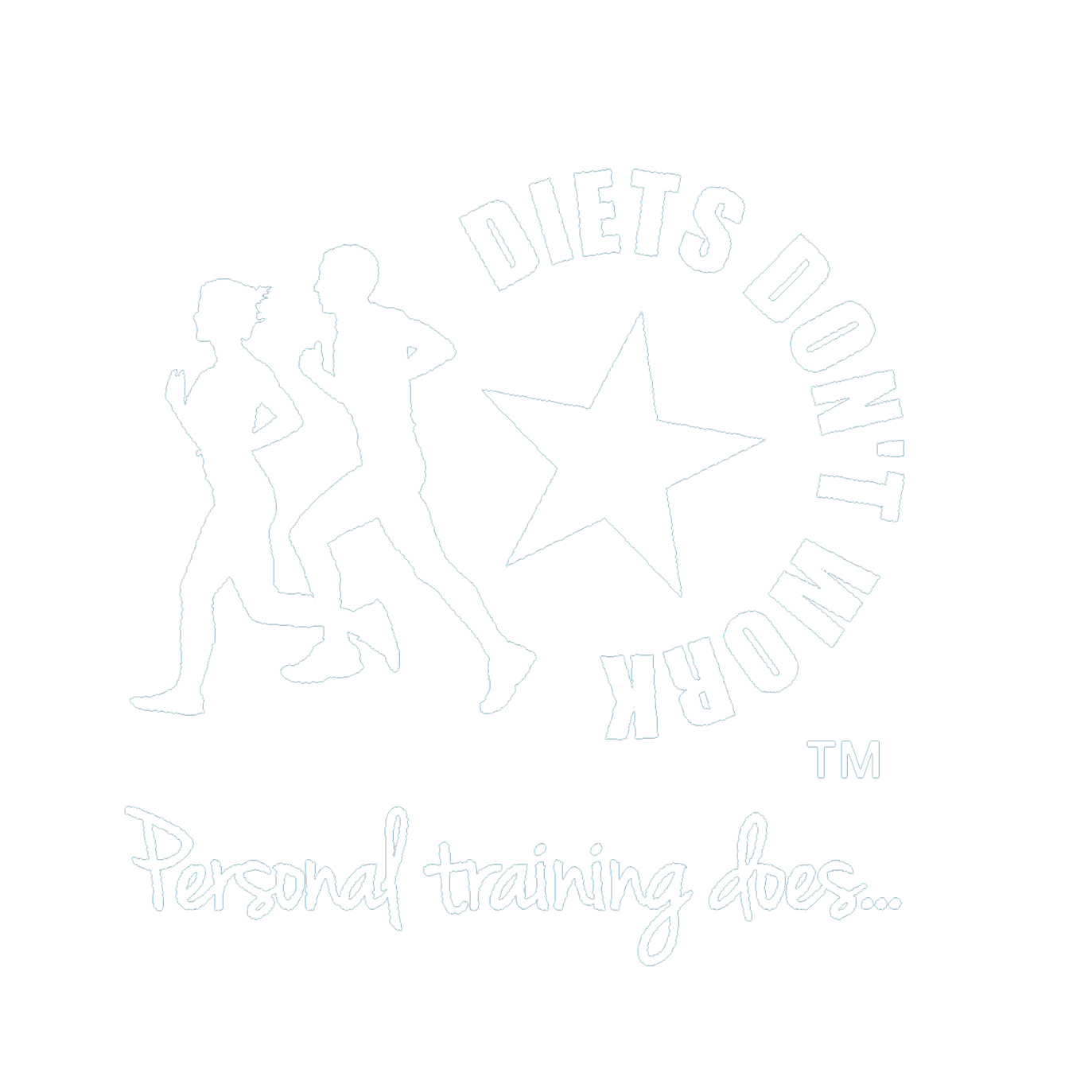How Much cardio Should I do?
Regular aerobic exercise or activity like walking, jogging, rowing and cycling, can help you live both a longer and healthier life. Its benefits are many; it burns extra calories so can be really helpful for weight loss; it increases energy levels and stamina, very useful on long, stressful days; it improves the immune system, making you less likely to succumb to colds and viruses; it reduces the risk of disease – from type two diabetes to strokes to dementia to cancer we now have overwhelming scientific evidence showing this to be the case; it helps with chronic health conditions like high blood pressure, depression, arthritis and cancer survivors; it strengthens your heart, meaning it becomes more efficient and has to beat fewer times throughout the day; it keeps your arteries clear of fatty deposits boosting good cholesterol (HDL or high-density lipoproteins) while lowering bad cholesterol or LDL (low-density lipoproteins); it improves feelings of well-being and happiness; it keeps us active as we age, maintaining balance, reducing the risk of falls in the elderly and also preserves brain function and memory; it prevents dementia; it also makes participants live longer.
If a doctor presented you with a pill that had all these benefits, would you hesitate to take it? Yet many don’t do enough (or any) cardiovascular exercise, for many reasons but foremost because it involves some discomfort, hard work, and a bit of discipline.
The Official guidelines
The question “how much cardio should I do” depends hugely on an individual’s goals. But the minimum required to garner all the benefits listed above seems a good place to start. The NHS says:
Adults should aim to:
- do strengthening activities that work all the major muscle groups (legs, hips, back, abdomen, chest, shoulders and arms) on at least 2 days a week
- do at least 150 minutes of moderate intensity activity a week or 75 minutes of vigorous intensity activity a week
- spread exercise evenly over 4 to 5 days a week, or every day
- reduce time spent sitting or lying down and break up long periods of not moving with some activity
You can also achieve your weekly activity target with:
- several short sessions of very vigorous intensity activity
- a mix of moderate, vigorous and very vigorous intensity activity
Adherence to these guidelines
It’s not great. A study by Public Health England found that 41% of English adults aged 40 to 60 walked for less than 10 minutes at a pace of 3mph or faster per month. A report from the European Commission showed that nearly 50% of Europeans do no exercise at all. At the same time, smoking, alcohol consumption, high blood pressure and obesity are among the most serious concerns among adults in the UK. Non-communicable diseases related to lack of exercise cause more than three-quarters of deaths in the UK, with cardiovascular disease and cancer being the leading causes.
How much cardio do I need to be actually fit?
The NHS guidelines are primarily aimed at health and disease prevention. However to achieve a decent level of fitness, a bit more exercise is needed or at a higher intensity. Or ideally a combination of both. The perfect recipe would be 3 sessions a week, all around 30 minutes, but each one focusing on a slightly different aspect of cardiovascular fitness – fully anaerobic intervals (very high intensity), Threshold intervals (at or just below your anaerobic threshold) and a speed endurance session in the aerobic zone.
- A short, fast HIIT session where heart rate gets above 80% of maximum – for example 1 min as fast as you can with 1 min recovery – warm up 8-10 min, 6-10 sets.
- A Threshold session just below your anaerobic threshold for example 4 sets of 2 or 3 min intervals around 80% of maximum heart rate with 1 min recovery – warm up 8-10 min
- An endurance session of 2 longer intervals of 12-15 minutes with heart rate around 60-70% of maximum and recovery of 2 minutes between each – warm-up 5-7 min.
Is HIIT Enough on its own?
Yes, but there are some downsides. HIIT, or high-intensity interval training, can get you nearly all the benefits of longer duration steady state cardiovascular exercise. So there’s no need to spend hours walking or running (unless you have the time and enjoy it. Many studies have shown that HIIT programs can yield similar cardiovascular improvements when compared to more traditional, steady-state exercise programs, like running or cycling,
In a 2014 study published in the British Journal of Sports Medicine (BJSM) a team from Queensland, Australia, and Trondheim, Norway, found that HIIT significantly increases cardiorespiratory fitness by almost double that of MICT (medium intensity cardiovascular training) in patients with lifestyle-induced chronic diseases such as coronary artery disease, heart failure, diabetes, hypertension, obesity and metabolic syndrome. Another benefit is that HIIT can improve VO2 max to a greater degree, which means the heart and lungs are able to better deliver oxygen to working muscles. HIIT can also increase testosterone, which has been shown to decrease with aerobic exercise like cardio. Testosterone affects the body’s ability to synthesize proteins, which helps to build muscle. While these differences are likely more relevant and important to high-level or elite athletes, even casual gym-goers may suffer less loss of testosterone and thus have increased chances of maintaining or building muscle. HIIT also produces less cortisol (our stress hormone) than endless cardio, again decreasing the likelihood of a catabolic (breaking down of muscles) state.
The only downsides to HIIT are the need for a longer warm-up and an increased risk of injury. The increased intensity and maximal effort make injury more likely but can be mitigated with a proper structured warm-up.
Can I get my cardio from strength training?
Yes! If given a choice between strength training alone or cardiovascular training, we would choose strength training for the majority of people. Large compound movements like deadlifts, power cleans, push ups, inverted rows, and even squats or lunges place a high demand on the muscles for oxygen, increasing the heart rate significantly and getting the benefit of a purely cardio based workout – cardio as a by-product of strength training if you like. Using Circuits can make this effect even greater.
Cardiovascular training for an event
One of the best ways to ensure adherence to a healthy cardio regime that will definitely make you fitter is to enter a race or even some sort of event – there are lots to choose from, from a 5k run to an indoor rowing championship. The accountability and deadline provided by these events – especially if you are fundraising for charity – make it much more likely that you will do your training properly. The greater volume of training required for these events will also see you improve quickly and markedly.
A typical 10k training program would include 4 to 5 runs a week, covering all aspects of cardio, from steady-state endurance running to speed work and high-intensity intervals.


Recent Comments